Sitio Prehistórico de Amsa-dong en Seúl (서울 암사동 유적)
8.9Km 2025-06-25
Olympic-ro 875, Gangdong-gu, Seúl.
El Sitio Prehistórico de Amsa-dong muestra el estilo de vida de la era Neolítica (7000 a.C.-1000 a.C.). Inclusive el portal de la entrada tiene forma de un enorme dolmen y aún los cestos de basura son recipientes de barro con decorado de líneas diagonales. El lugar fue excavado en 1925 cuando una inundación arrastró la tierra de los bancos de sedimentos de la ribera del río Hangang y dejó al descubierto un gran número de vasijas con decorado de líneas diagonales.
El sitio había sido base de residencia de una colonia masiva de hombres primitivos, por ello se descubrieron edificaciones muy antiguas, hachas y flechas de piedra, así como también, una infinidad de vasijas y recipientes de barro con decoraciones de líneas diagonales. Las ruinas de las casas se muestran con su forma circular y en el centro la marca de las fogatas encendidas que pertenecen a la era neolítica. El sitio es colosal en cuanto a las dimensiones y posee nueve cabañas de lodo, dos salas de exposición donde se muestran los antiguos artefactos y una cabaña de lodo abierto donde los visitantes pueden vivir la experiencia de la vida en la era neolítica. Asimismo, el lugar ofrece muchas atracciones tales como chozas de lodo y sendas de paseo. Es un espacio educativo para los niños y grupos de familias que deseen aprender y tener experiencias de la Edad Neolítica.
Tumbas Reales Uireung en Seúl (서울 의릉(경종·선의왕후)) [Patrimonio Cultural de la Humanidad de la Unesco]
8.9Km 2025-06-27
Hwarang-ro 32-gil 146-20, Seongbuk-gu, Seúl.
Uireung son las tumbas del rey Gyeongjong (1688-1724, rey de 1720 a 1724), el 20º rey de la Ddinastía Joseon, y su segunda esposa la reina Seonui (1705-1730). El rey Gyeongjong fue el primer hijo del rey Sukjong y Janghuibin, una de las concubinas del rey. El rey Gyeongjong nació débil y anémico, y falleció solo 4 años después de ser proclamado rey, sin ningún logro político de importancia. La reina Seonui fue princesa en 1718 y reina en 1720, cuando el tey Gyeongjong ascendió al trono. Está considerada una reina prudente. Las tumbas Uireung se diferencian de otras tumbas reales en que no están una al lado de la otra, sino que siguen la teoría geomántica y una está justo detrás de la otra.
Eulmildae Pyeongyang Naengmyeon (을밀대평양냉면)
8.9Km 2021-03-26
24, Sungmun-gil, Mapo-gu, Seoul
+82-2-717-1922
It is a famous Pyongyang naengmyeon (Korean cold noodle) restaurant in Mapo where a lot of customers always wait in line. This restaurant's signature menu is Pyeongyang cold buckwheat noodles. This Korean dishes restaurant is located in Mapo-gu, Seoul.
Ca'del Lupo (까델루뽀)
8.9Km 2020-04-27
5-5, Jahamun-ro 16-gil, Jongno-gu, Seoul
+82-2-734-5233
Ca'del Lupo is an Italian restaurant, closely located to Paris Baguette in Hyoja-dong, Jongno-gu near Gyeongbokgung Palace Station. Though the restaurnat masters delicious homemade Italian cuisine on the inside, the exterior is wholly Korean. This unique combination of Hanok (traditional Korean house) style housing and Western foods is drawing a lot of people to Hyoja-dong. The great mix of both cultures can be seen in the sophisticated decorations and from the amazing food. The herbs they use are picked directly from the restaurant's personal garden. But to enjoy the atmosphere here, you will have to make a reservation far in advance.
Mercado Tongin (통인시장)
8.9Km 2025-07-01
Jahamun-ro 15-gil 18, Jongno-gu, Seúl.
Haeunjae [Korea Quality] / 하은재 [한국관광 품질인증/Korea Quality]
8.9Km 2025-01-02
68-10, Jahamun-ro, Jongno-gu, Seoul
Haeunjae (下隱齋), meaning “hermit’s residence,” is a hanok (traditional Korean house) residence located in Seochon Hanok Village, near Gyeongbokgung Station on Seoul Subway Line 3. It is dedicated to the ideal of “movies and rest,” and takes after the characteristic form of modern hanok with a small courtyard. The entire house is rented out at once, with a queen bedroom, kitchen, movie room, and two restrooms. Up to 4 guests can reserve the house, with each additional guest above the standard of 2 having access to additional bedding.
The movie room is furnished with a Bose sound system, beam projector, and screen, along with a mobile foot bath. The kitchen is equipped with a refrigerator, hand drip coffee maker, toaster, electric kettle, and utensils. A 10% discount is available for guests staying for more than 2 nights on weekdays, and towel replacement and cleaning services are offered for guests staying for more than 3 nights.
The residence is located close to tourist sites like Tongin Market, Gyeongbokgung and Changdeokgung Palaces, and Samcheong-dong area.
Daesungjip (대성집)
8.9Km 2021-03-27
5, Sajik-ro, Jongno-gu, Seoul
+82-2-735-4259
Daejungjip has specialized in Dogani tang (ox knee joint soup) for 60 years. Customers can feel a simple and familiar ambience at the restaurant.
Vista Nocturna del Puente Mapodaegyo (마포대교 야경)
9.0Km 2021-03-26
Mapo-dong, Mapo-gu, Seúl.
+82-2-3153-8365
El Puente Mapodaegyo une las áreas de Yonggan-dong y Yeouido, y tiene 1.400 metros de largo y 25 metros (6 carriles) de ancho. Es el cuarto puente construido en el río Hangang después del puente Hannamdaegyo.
Finalizada su construcción en mayo de 1970, en su inicio era llamado "Puente de Seúl" pero desde 1984 empezaron a llamarlo "Puente Mapodaegyo".
Garden 5 Life (가든파이브라이프)
9.0Km 2024-02-01
Chungmin-ro 66, Songpa-gu, Seúl
Nuwa [Korea Quality] / 누와 [한국관광 품질인증/Korea Quality]
9.0Km 2021-03-29
3-1, Pirundae-ro 5na-gil, Jongno-gu, Seoul
This hanok (traditional Korean house) is located deep in the Seochon Village, west of Seoul’s Gyeongbokgung Palace. Its tasteful renovation of a small 33 m2 hanok made it highly popular among the younger guests. The courtyard has a low maple tree and tastefully arranged stones, while the hanok is capable of accommodating up to 2 persons.
This L-shaped hanok has a full window wall facing the living room, which is furnished with a low walnut table and a bathtub. Visitors can enjoy premium tea at the table. The bathtub, which is connected to the table at one end, can be used mainly for a foot bath with bath salts that assist circulation. There is also a restroom in the building.
Nuwa’s bedroom has a circular window, much like the full moon, with a view of the garden and the fringes of the Inwangsan Mountain.
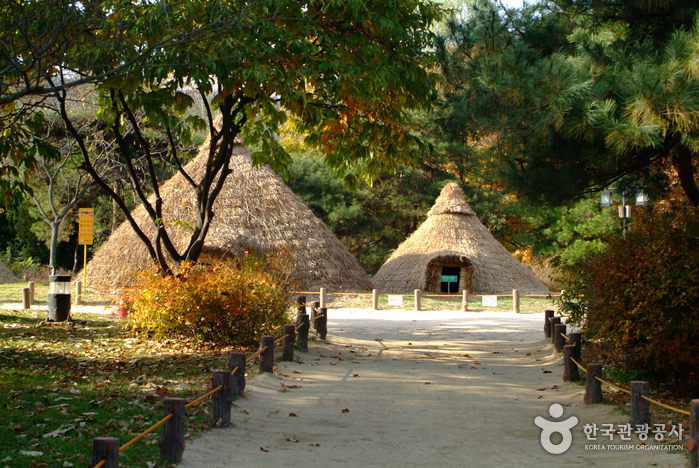
![Tumbas Reales Uireung en Seúl (서울 의릉(경종·선의왕후)) [Patrimonio Cultural de la Humanidad de la Unesco]](http://tong.visitkorea.or.kr/cms/resource/85/2690685_image2_1.jpg)
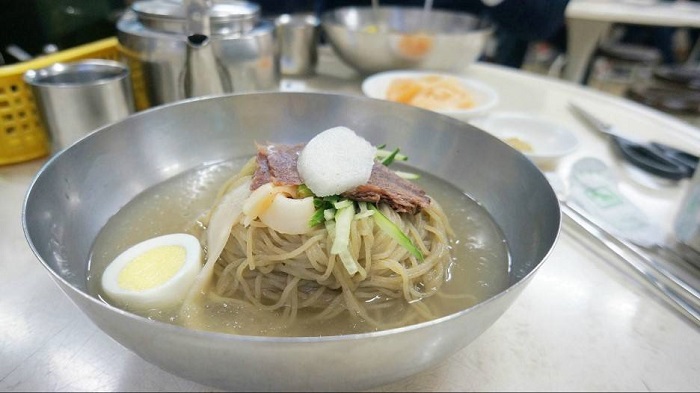
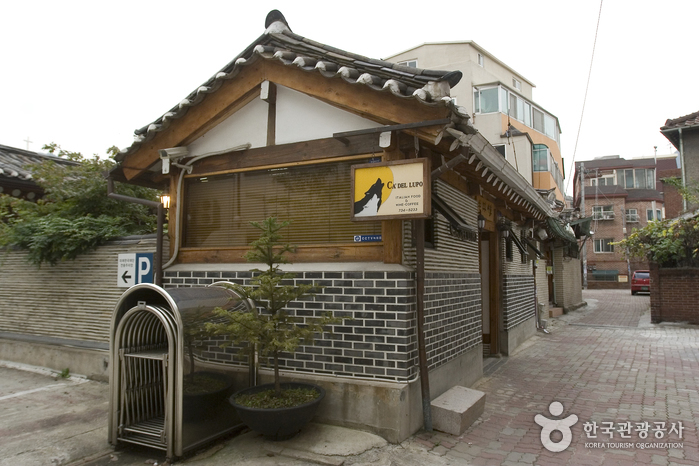

![Haeunjae [Korea Quality] / 하은재 [한국관광 품질인증/Korea Quality]](http://tong.visitkorea.or.kr/cms/resource/88/2707588_image2_1.jpg)
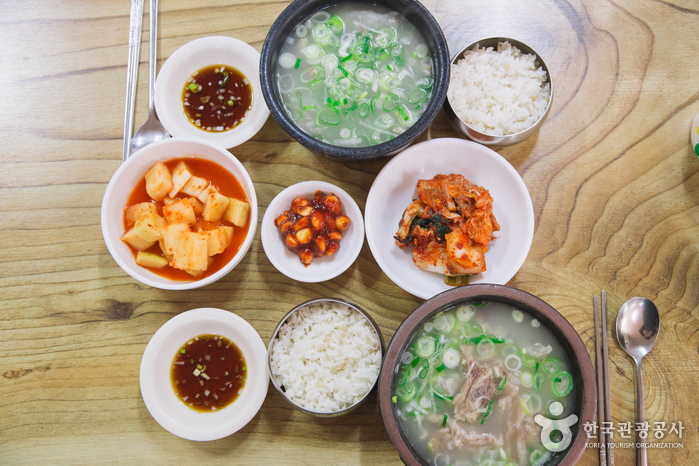
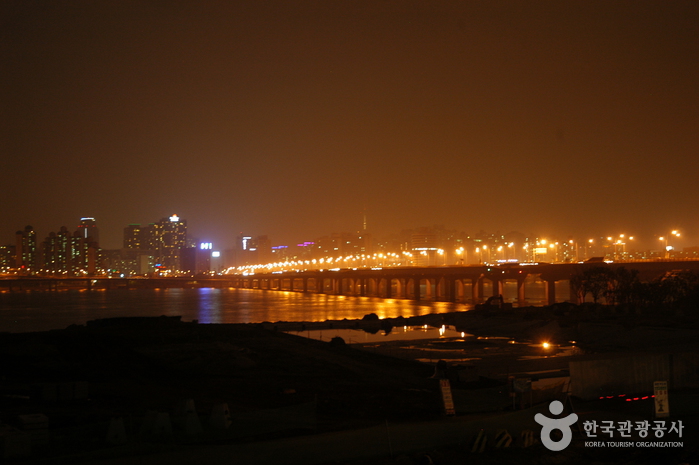
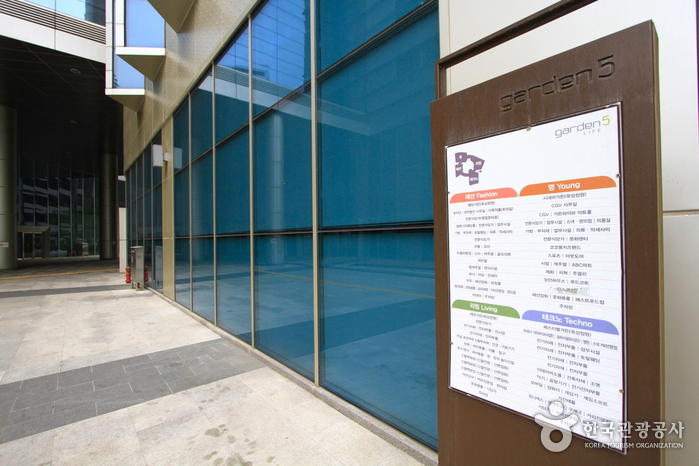
![Nuwa [Korea Quality] / 누와 [한국관광 품질인증/Korea Quality]](http://tong.visitkorea.or.kr/cms/resource/07/2707607_image2_1.jpg)
 Español
Español
 한국어
한국어 English
English 日本語
日本語 中文(简体)
中文(简体) Deutsch
Deutsch Français
Français Русский
Русский